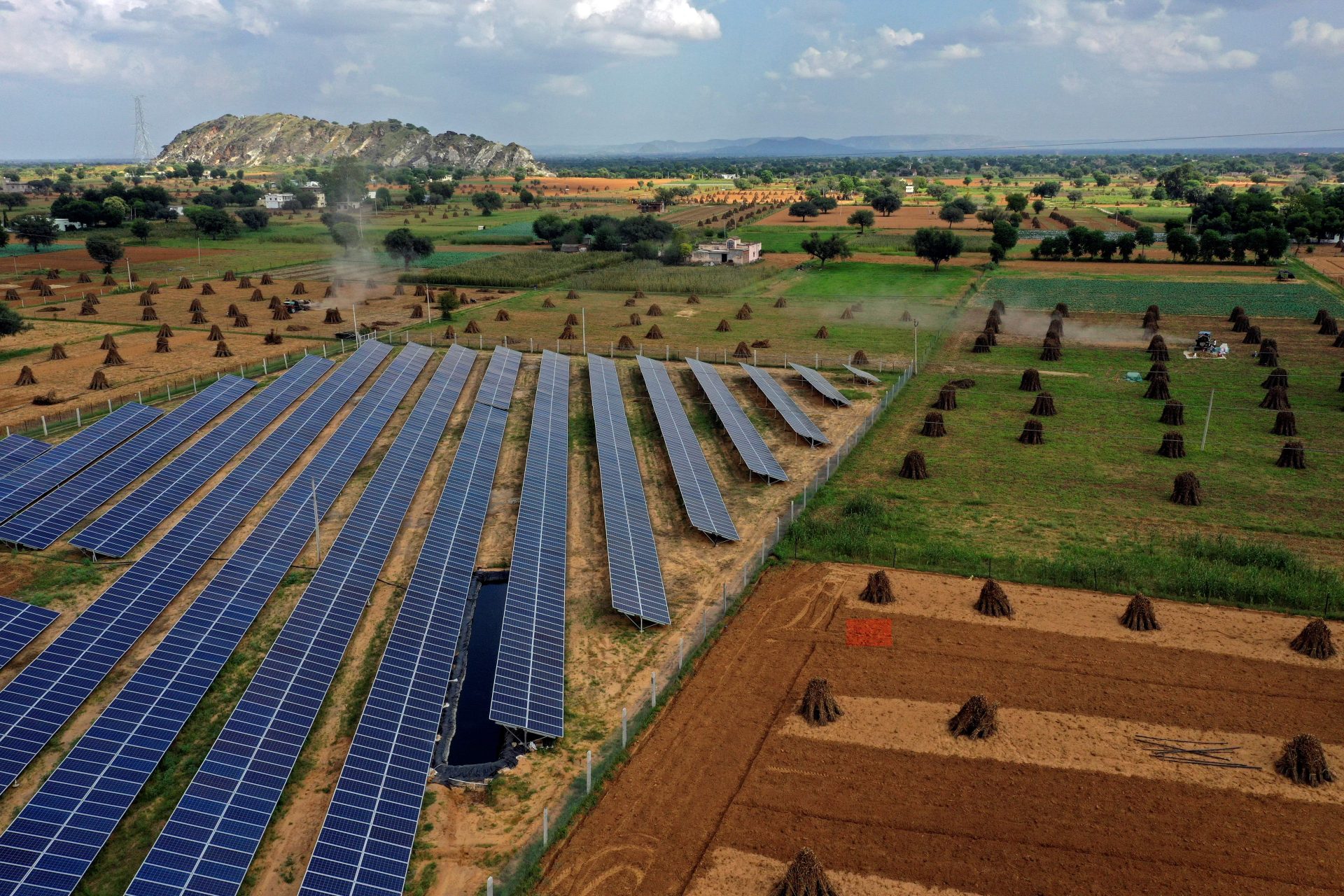Prospects for India achieving the target of generating 100 gigawatts of solar power in 2022 have waned because of high levels of atmospheric pollution.
Atmospheric pollution reduces solar power generation in two main ways: by absorbing and scattering the sun’s rays and by soiling solar panels, says Sagnik Dey, chair professor at the Indian Institute of Technology Delhi.
A study carried out by IIT Delhi and published March in Environmental Research Letters, calculates that between 2001 and 2018 India lost 29 percent of its solar energy potential as a result of atmospheric pollution — equivalent to an annual loss of US$835 million. As of March this year, India had only reached the halfway mark of 50 gigawatts of installed solar capacity, according to the research group, Mercom India.
“Put simply, aerosols, which include fine particulate matter, dust, mist and fumes suspended in the air, significantly reduce incoming solar radiation in what we call the ‘atmospheric attenuation effect’,” Dey, an author of the study, tells SciDev.Net. “This needs to be factored in when undertaking large solar energy projects.”
Such projects, says Dey, are also failing to account for the “soiling effect” of aerosols depositing on solar panels, blocking solar radiation from reaching the photovoltaic cells. “Since air pollution over South Asia has been on the rise, both effects need to be addressed and mitigation steps taken to maximize benefits from solar power installations,” he adds.
Read full story on Matters India







